There can be your advertisement
300x150
Good Question: How to Choose Eco-Friendly Materials for Renovation
We explain what to consider when choosing safe building and finishing materials
Nothing is more important to our health than the air we breathe. Allergies, respiratory diseases, unhealthy microclimate inside rooms – all of this can be avoided if you use materials during construction and renovation that do not contain harmful chemicals (e.g., formaldehyde). Today we tell you what to pay attention to when selecting eco-friendly materials.
1. Natural, as much as possible
Many apartment owners want to buy fade-resistant fabrics and scratch-proof flooring because these materials are considered economical and reliable. Unfortunately, only natural, naturally sourced materials can boast of an ideal chemical composition and health safety. Therefore, use them as much as possible: wool, cotton, and linen – for textile decor, oak, beech, coated with water-based lacquer – for flooring and furniture.
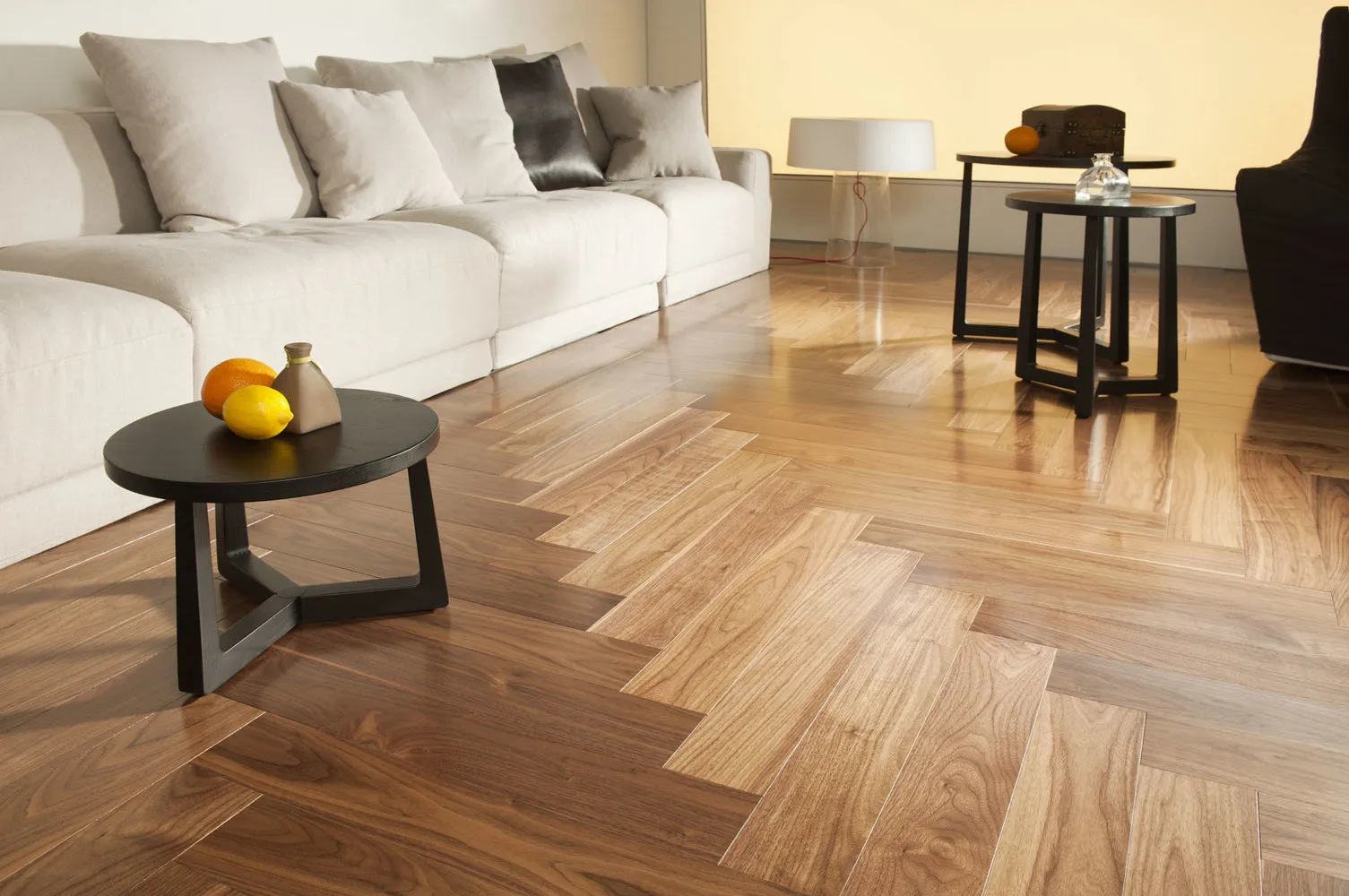
2. Check the Certificate
OSB, MDF, and particle board are among the most popular wood materials used in construction and cabinet making today. What is the danger? Since they are made from recycled materials, wood that was previously coated with lacquer containing heavy metals and pentachlorophenol (now banned) may end up in the composition. Also, don't forget about adhesives that emit formaldehyde.
How to protect yourself? Always check the product certificates. According to European standards, the material should have an emission class no higher than E1. It is worth noting that the wood products from Egger have even lower formaldehyde levels.

3. Eco-friendly cannot be cheap
Making a choice in favor of cheaper laminate, you knowingly put yourself at risk. Remember: any tests and expert checks on the eco-friendliness of products cost money. Additionally, using formaldehyde-free adhesives requires extra costs – the final product price becomes higher.
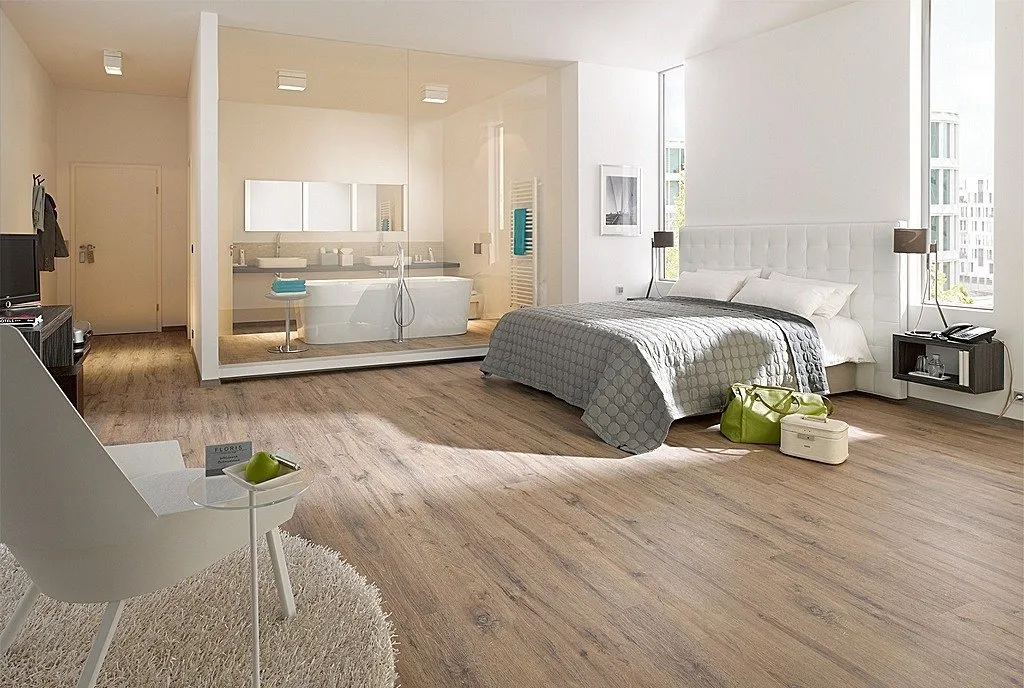
4. Not all products have an Eco-declaration
An eco-declaration of a product contains information about its ecological aspects, full description, and production process. Regarding wood materials, company Egger became the first in Europe to provide a complete report on the ecological safety of its products: MDF, HDF, OSB, EUROSPAN, LDP, EURODECOR particle board, lumber, and floor coverings.

5. Simple Choice
Modern construction technologies allow for quick ceiling leveling using suspended ceiling technology, and wall imperfections can be hidden under thick flocked wallpaper. All these materials in various quantities emit dangerous phenol for health. If that doesn't appeal to you, an alternative exists – the 'good old' paper wallpapers and water-emulsion paint for ceilings.
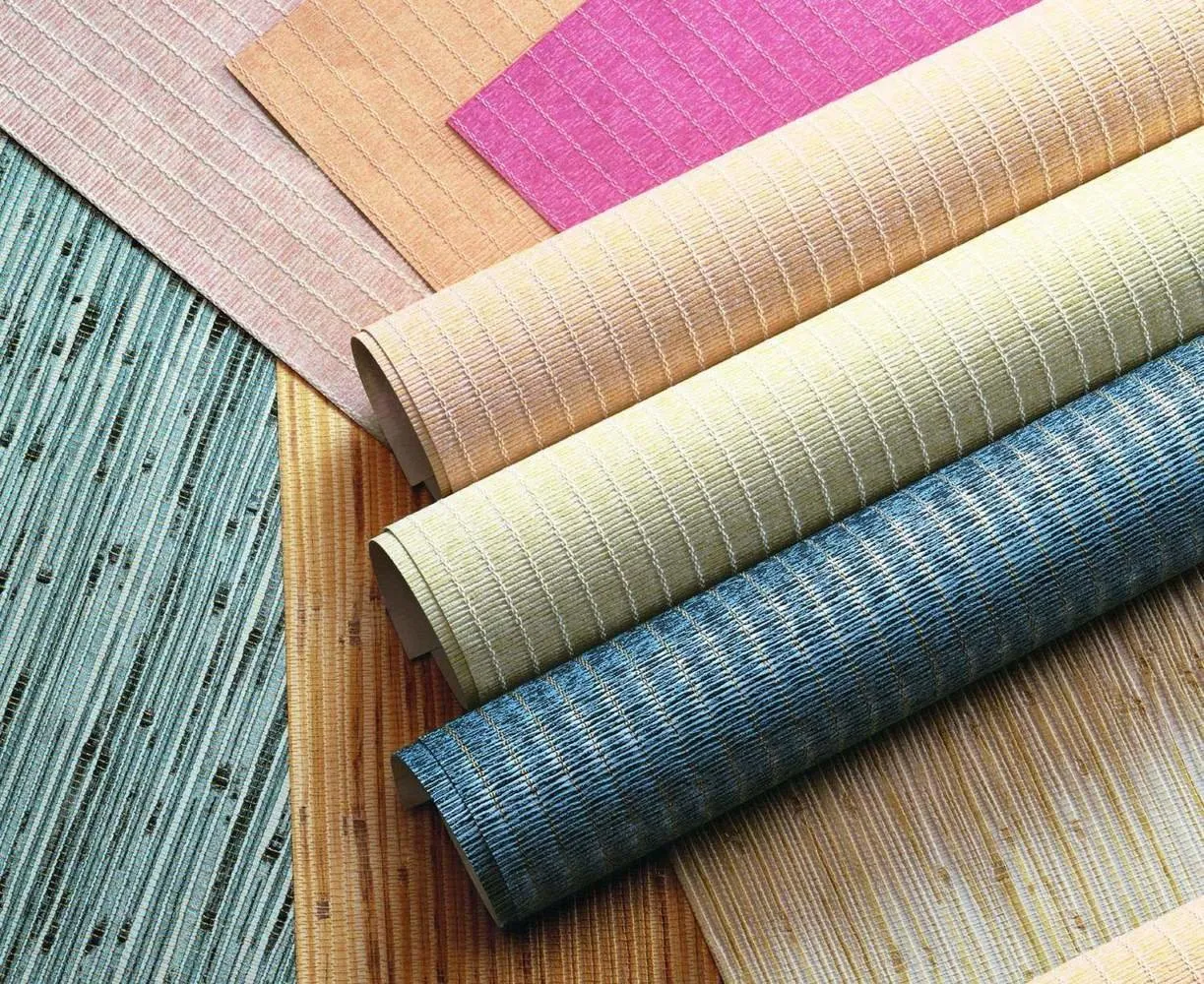
6. No Lead
Paints containing harmful substances, especially lead, threaten not only headaches and dizziness but also formaldehyde and heavy metal poisoning. Unfortunately, there is no perfect paint, but you can minimize harmful effects. Choose water-based paints with low levels of volatile organic compounds or oil-based paints made from natural ingredients. And, of course, no lead, cadmium, chromium, or their oxides in the composition!

What to do before buying finishing materials? A Pro Tip
Maria Kozheto, Product Manager at Egger
1. Prefer trusted manufacturers, do not hesitate to ask the seller what material a particular piece of furniture or flooring is made from.
2. Pay attention to the presence of eco-declarations and quality certificates. These should be available from manufacturers of eco-materials! For example, Egger provides documentation for all its product types – they are available for free on the website, which is very convenient.
More articles:
 Design of a Very Small Apartment in Paris
Design of a Very Small Apartment in Paris How to Demolish Walls Yourself: Step-by-Step Guide
How to Demolish Walls Yourself: Step-by-Step Guide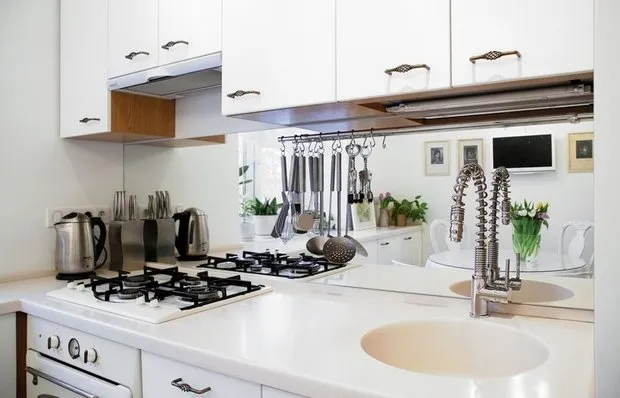 8 New Design Solutions for Decorating a Tiny Kitchen
8 New Design Solutions for Decorating a Tiny Kitchen 10 Unusual Design Solutions in Apartments
10 Unusual Design Solutions in Apartments Raw or Turnkey? Pros and Cons of Different Types of Finishing
Raw or Turnkey? Pros and Cons of Different Types of Finishing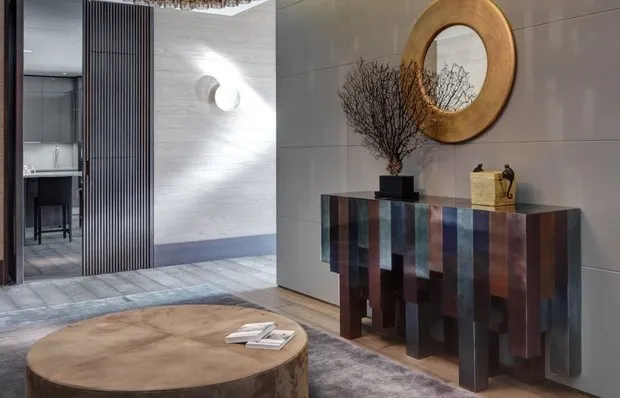 How to Organize Storage at Home: Tips from an Architect
How to Organize Storage at Home: Tips from an Architect 8 Ideas for Designing a Small Bedroom
8 Ideas for Designing a Small Bedroom Mortgage: How to Properly Read a Credit Agreement
Mortgage: How to Properly Read a Credit Agreement